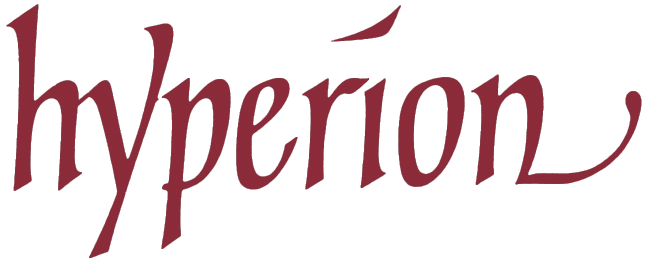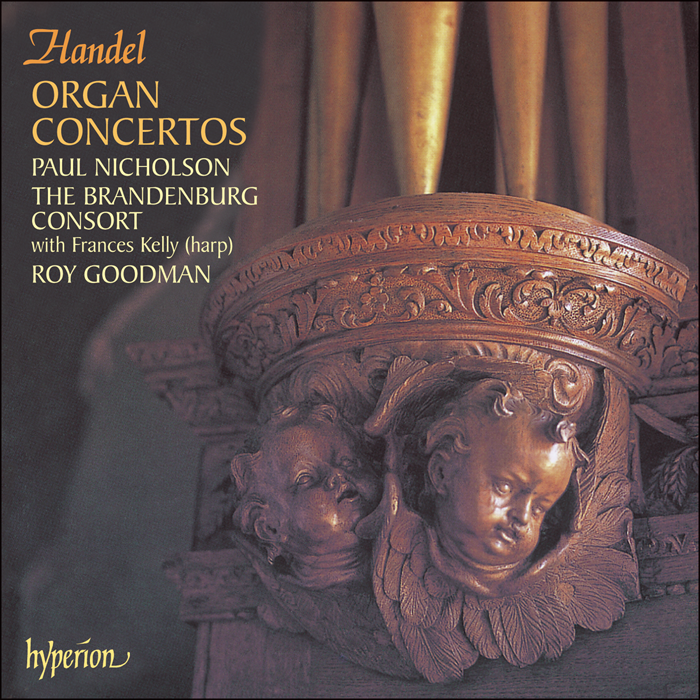Handel: Organ Concertos
Paul Nicholson (organ), The Brandenburg Consort, Roy Goodman (conductor)
CDA67291/2
In the early eighteenth century Handel devised the genre of the organ concerto as a sop to a public sated with oratorio and thirsting for more single-mindedly virtuosic displays. The concertos originally appeared as interludes to the oratorios, and are now recognized as masterpieces in their own right. Much of the fine detail of each composition was left to Handel's own inspired skills as an improviser on the day and Paul Nicholson here rises to the challenge, performing on the organ of St Lawrence, Whitchurch (on the Canons Estate in north-west London), which Handel would have played during his time of employment wih the Duke of Chandos.
Both sets of concertos have their idiosyncracies: No 6 of the Op 4 set (published in 1738) is a reworking of a harp concerto and here performed as such, while No 4 concludes with an 'Alleluia' chorus better known today from its inclusion in The Triumph of Time and Truth. The Op 7 set could be described as somewhat opportunistic on the part of the publisher, John Walsh: it appeared two years after the composer's death and involves much re-use of material originally intended for other forces. Nonetheless, each concerto shows Handel's mastery of the Baroque concerto genre.

